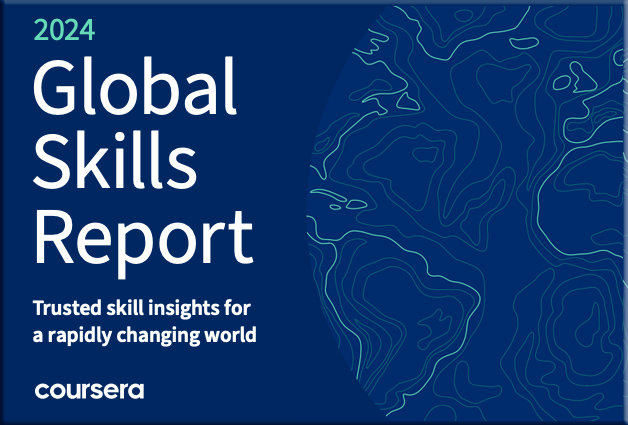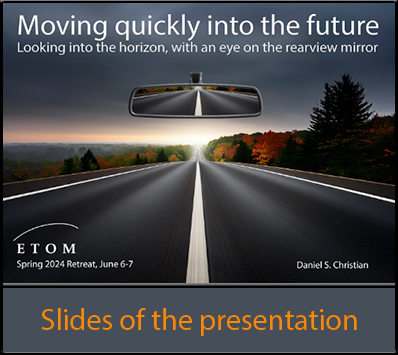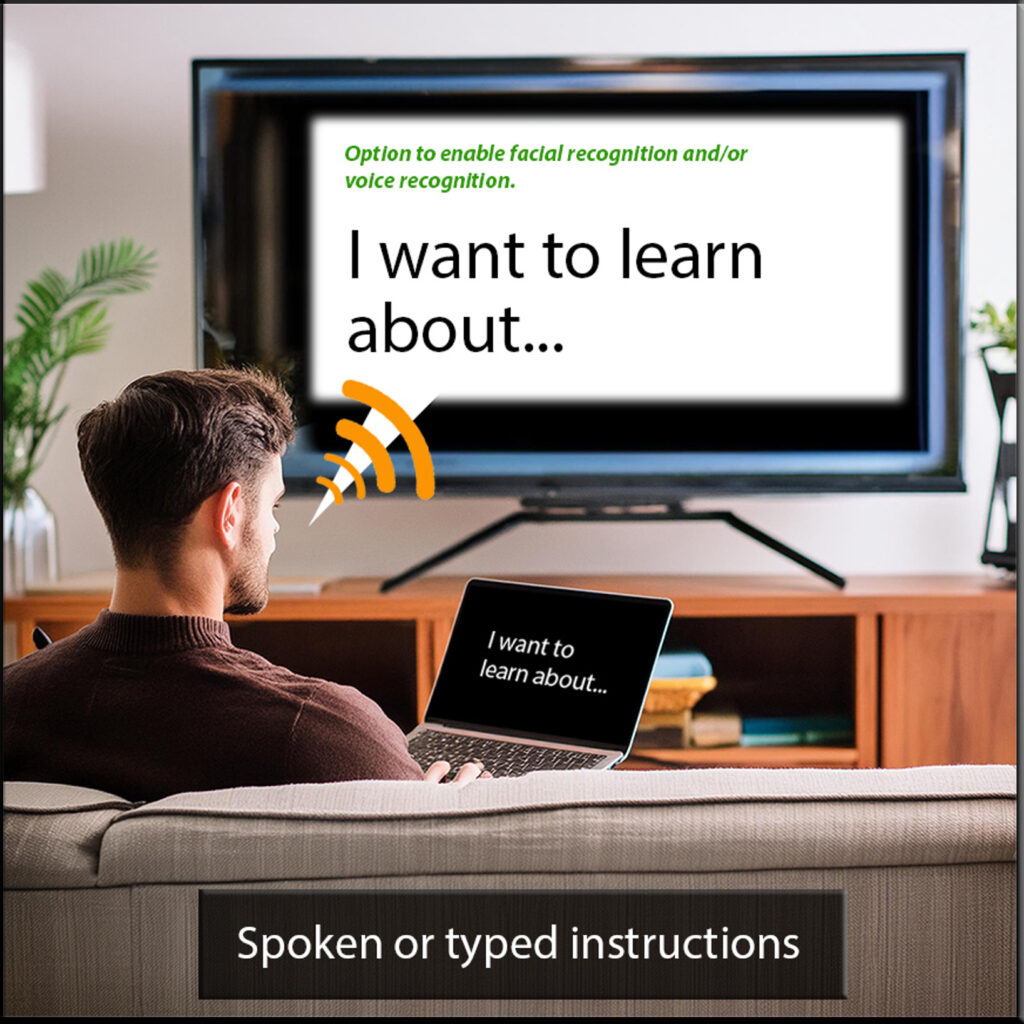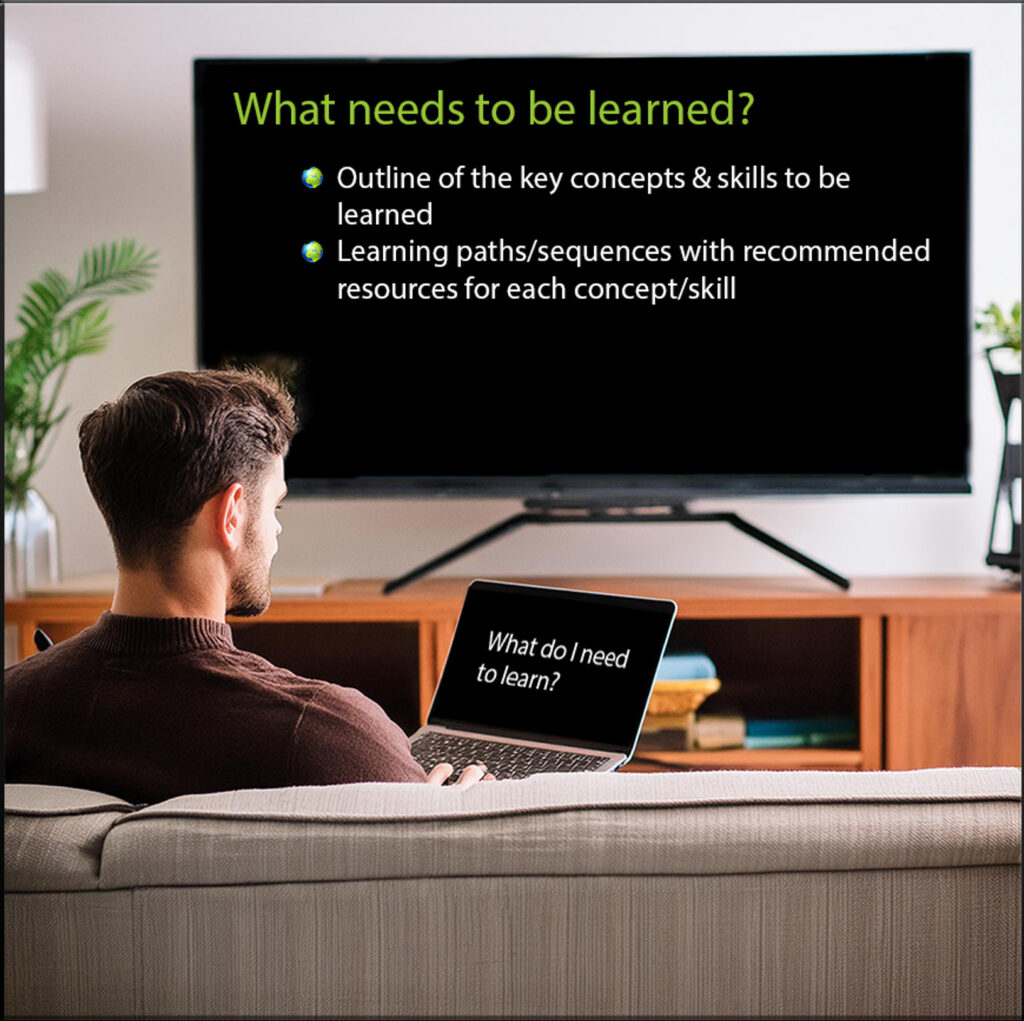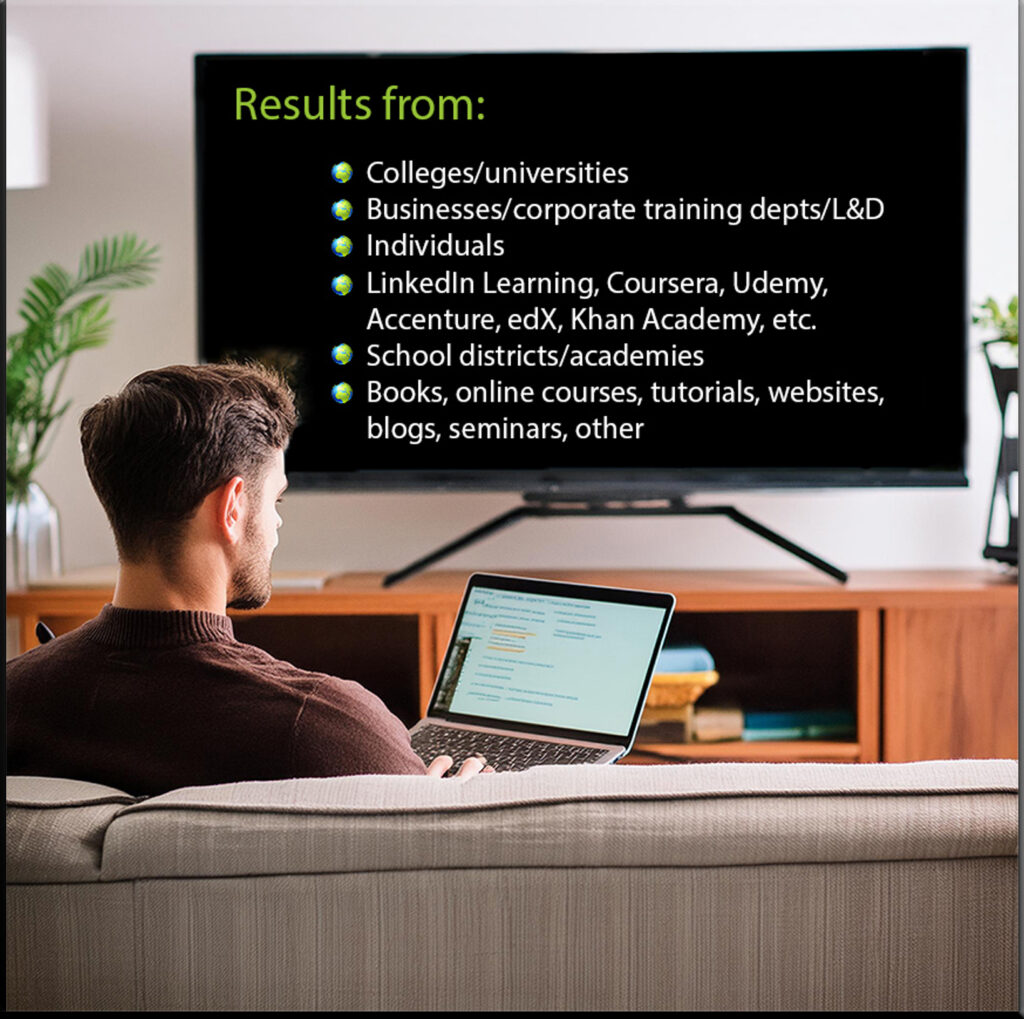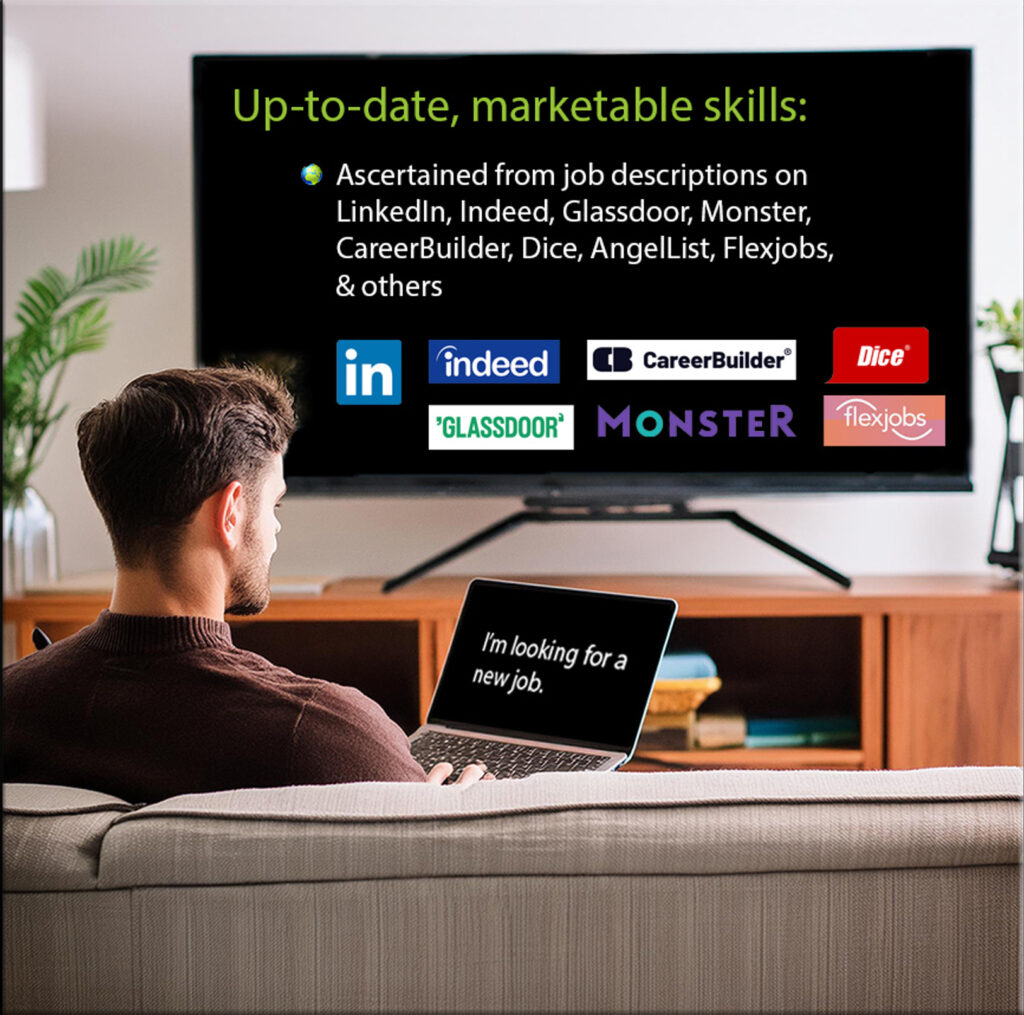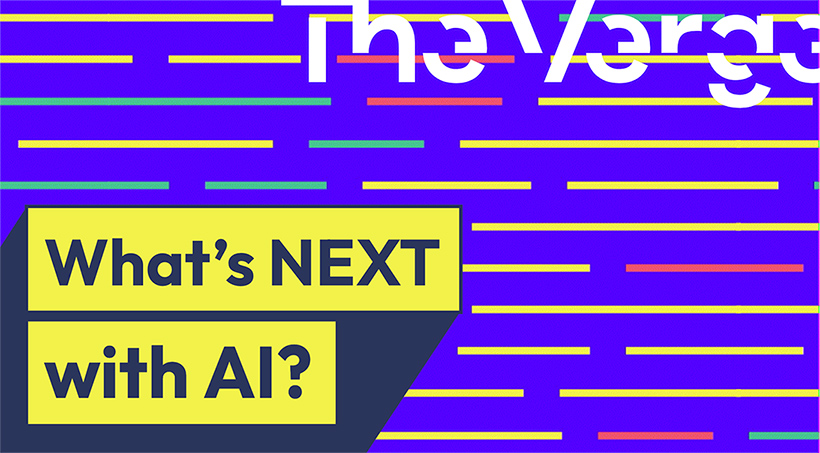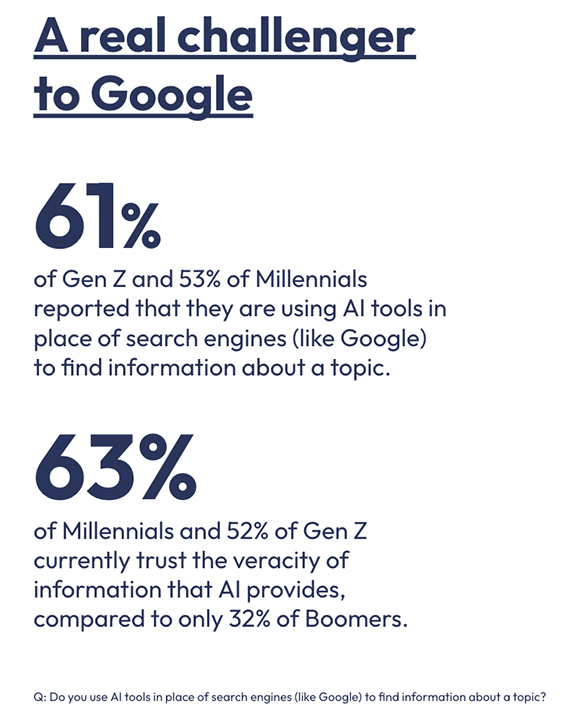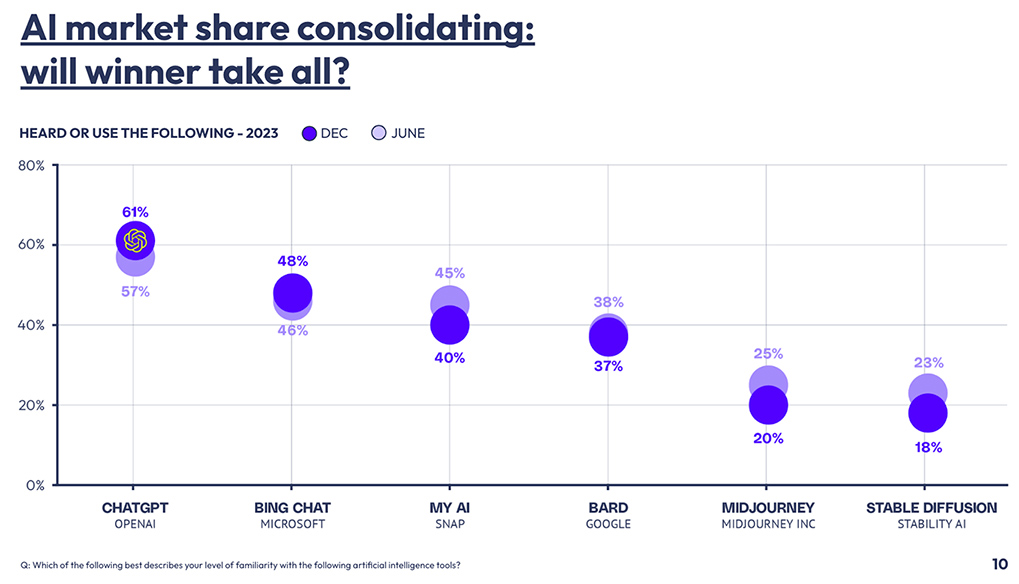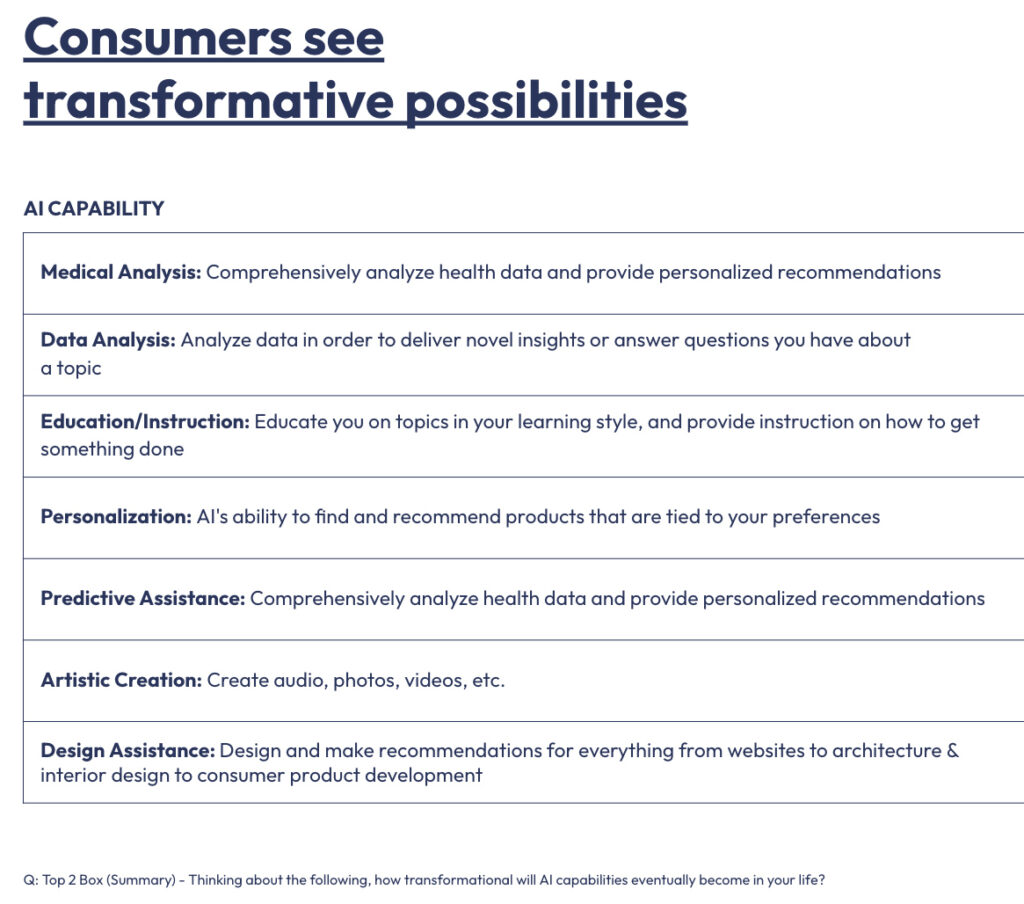Predicting college closures — from hechingerreport.org by Jon Marcus
Colleges across the country are closing at a rapid rate – on average, about one a week. Some of the closures were unexpected, shocking people at institutions that enrolled new students and hired new faculty right up until the decision was made to close. We chatted with Jon Marcus, our senior higher education reporter, to learn more about how students and faculty can protect themselves.
Q: What made you decide to devote an entire episode of your College Uncovered podcast to college closures?
Jon Marcus: The number of colleges that are closing has grown so fast that it’s become a big part of what we cover on our beat. And since the College Uncovered podcast is meant to help consumers navigate the complicated process of pursuing higher education, we wanted to answer a question we increasingly hear from prospective students and their parents: How do I know if the college I pick will be around long enough for me to graduate? (The fact that this has become something people wonder speaks to the low level of confidence the public has in higher education these days.)
Private colleges likely won’t see big net tuition growth anytime soon, Fitch says — from highereddive.com by Ben Unglesbee
Fitch Ratings found a 1.1% year over year increase in net tuition revenue for fiscal 2023, but this isn’t enough to preserve margins at private nonprofits.
Dive Brief:
- Fitch Ratings found net tuition grew in fiscal 2023 among the colleges it rates but warned that the hikes would not be sufficient to preserve margins for private nonprofits.
- Across its portfolio of rated institutions, Fitch found a 1.1% year-over-year increase in net tuition and fees, marking renewed growth after two years of declines, according to Fitch Senior Director Emily Wadhwani.
- “In our view, prospects for future growth in net tuition for 2024 and beyond remain limited, and will likely remain near or below 2%-2.5% annually on average for the next few years,” Wadhwani said by email.
Do Shocking College Tuition Prices Reflect What Students Actually Pay? — from edsurge.com by Nadia Tamez-Robledo
It’s no secret that high school students are looking at the prospect of college more skeptically, and a large part of their hesitation comes from worry about taking on thousands of dollars in student loans.
It’s only natural that they would experience sticker shock after researching the annual cost of attendance at universities that have caught their eye — which might be equivalent to a parent’s annual salary.
But should students count on having to scrape together that full amount?
Not likely, based on EdSurge’s number crunching.
From DSC:
But the problem is that many don’t know the games that are played behind the scenes within the world of higher education. Some families/students might see the retail price of a degree and say, “No way man…no can do.” The sticker shock is real in many cases (and not to mention the stories of seeing other friends and family members in debt decades after graduating).
How merit aid is expanding — from jeffselingo-14576223.hs-sites.com by Jeffrey Selingo
Excerpt (emphasis DSC):
Bottom line: Discounting is so widespread in higher ed now that the frequent comparisons of merit aid to “Kohl’s cash,” the discount strategy employed by the mid-market retailer–where basically every day is a sale–are not wrong.
- “With a few exceptions, colleges all now have an opening bid with families,” said Brian Zucker, who runs Human Capital Research Corporation, one of several firms that assists colleges with their discounting strategies.
- This discounting approach worked when institutions were able to raise their top-line prices and thus extract more revenue each year from students.
- But at many colleges, net-tuition revenue is flat or falling. Fitch Ratings said last week that institutions it rates for bonds saw their net-tuition revenue rise just 1.1% last year–not enough to keep up with inflation or have enough of a financial cushion to weather the current enrollment storms.
- Just like in the 1970s, when colleges developed tuition discounts, the time has come for higher ed to come up with a new pricing scheme in addition, of course, of finding ways to reduce costs.
The New Trick Families Are Using to Lower College Tuition Bills — from nymag.com by Jeffrey Selingo
Many schools are eager for paying students — and ready to offer deals.
“Colleges keep giving out more merit aid to more families because they can’t get them to pay more,” Mark Salisbury told me. Salisbury, a former administrator at Augustana College in Illinois, runs TuitionFit, a website where people can share their financial-aid offers and see what others like them got. Most of the money that colleges are giving out in merit aid isn’t coming from the endowment. Rather, it’s revenue the college never receives — a simple price cut off the top. Salisbury and others in the business refer to it as “Kohl’s cash,” after the discount strategy employed by the mid-market retailer.










